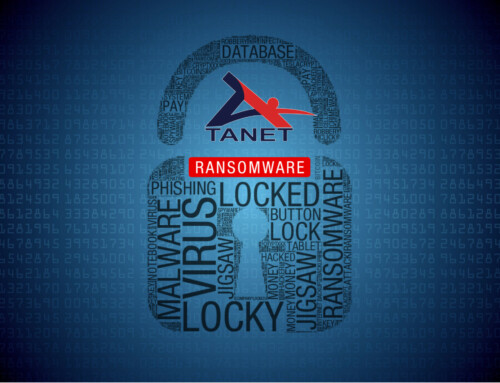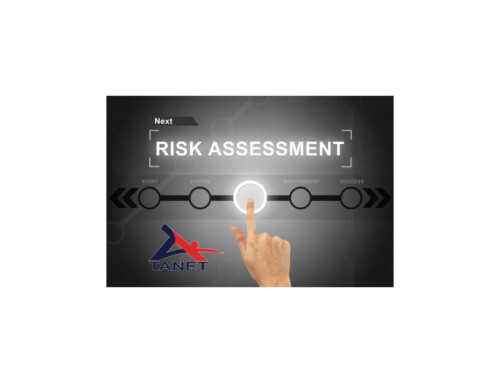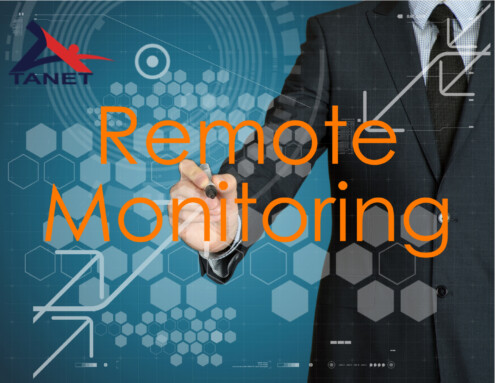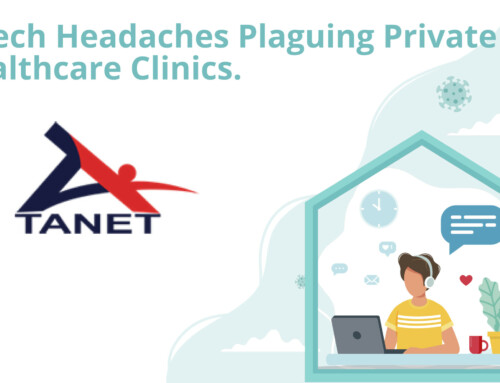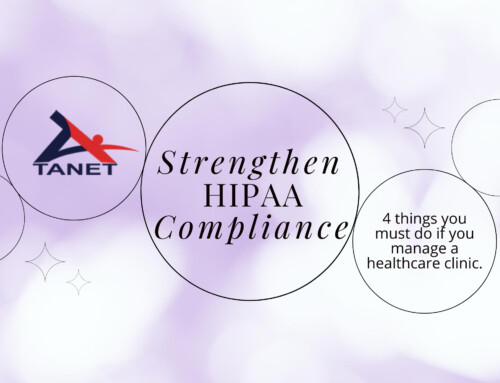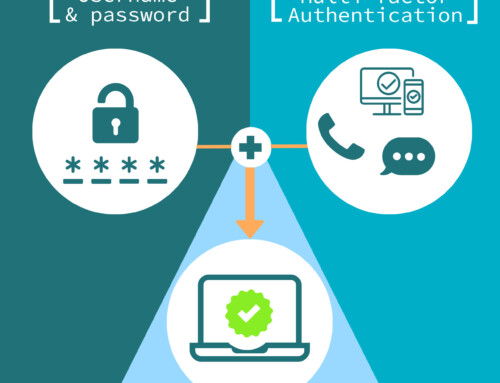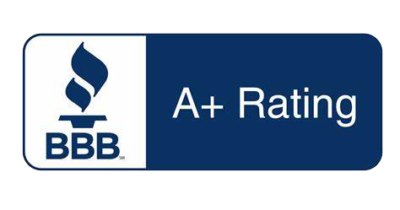In the healthcare industry, protecting patient data is a top priority, not just for compliance but also for maintaining trust and ensuring the delivery of high-quality care. With the rise of electronic health records and telemedicine, robust data security practices are essential. Here we’ll outline key strategies for healthcare teams to secure patient data effectively, building on the foundation of data privacy and security discussed in our previous post, “Navigating the Waters of Data Privacy and Security in Healthcare.”
Implement Comprehensive Data Encryption
Encryption is a crucial first step in protecting sensitive patient information. By encrypting data both in transit and at rest, healthcare organizations can ensure that even if data is intercepted, it remains unreadable to unauthorized users. This practice should be applied to all patient records, including emails, databases, and backups.
Regular Security Audits and Risk Assessments
Conducting regular security audits and risk assessments helps identify vulnerabilities in the system. Unlike the broader overview of data privacy challenges discussed previously, this post will focus on the practical steps of regularly reviewing and updating security protocols. These audits should assess the effectiveness of firewalls, antivirus software, and access controls.
Multi-Factor Authentication (MFA)
Implementing MFA adds an extra layer of security by requiring users to verify their identity using two or more authentication factors. This is particularly important for accessing sensitive systems and data. It helps prevent unauthorized access even if login credentials are compromised.
Secure Communication Channels
While our previous post touched on the importance of secure communication, this post will delve deeper into specific methods such as using secure messaging platforms and encrypted email services. These tools ensure that sensitive patient data shared among healthcare providers remains confidential.
Employee Training and Awareness
Building on the theme of insider threats, this section will emphasize the importance of continuous employee training. Staff should be educated about the latest phishing tactics, password security, and the importance of reporting suspicious activities. A well-informed team is a frontline defense against data breaches.
Data Access Management
Strict data access controls are vital. Implementing role-based access control (RBAC) ensures that employees have access only to the information necessary for their role. This minimizes the risk of data being accessed inappropriately.
Incident Response Planning
An effective incident response plan is critical for quickly addressing data breaches. This section will outline the key components of such a plan, including immediate containment, investigation, communication with affected parties, and compliance with legal reporting requirements.
While the challenges of data privacy in healthcare are complex, proactive measures can significantly reduce risks and ensure compliance with regulations like HIPAA. As healthcare organizations continue to adopt digital solutions, robust data security practices are crucial. TANET’s comprehensive IT and cybersecurity services, including encryption, risk assessments, MFA, secure communications, employee training, access management, and incident response planning, provide healthcare teams with the tools and support needed to protect sensitive patient data. With TANET’s expertise, healthcare providers can navigate the complexities of data security, ensuring compliance and maintaining trust.








